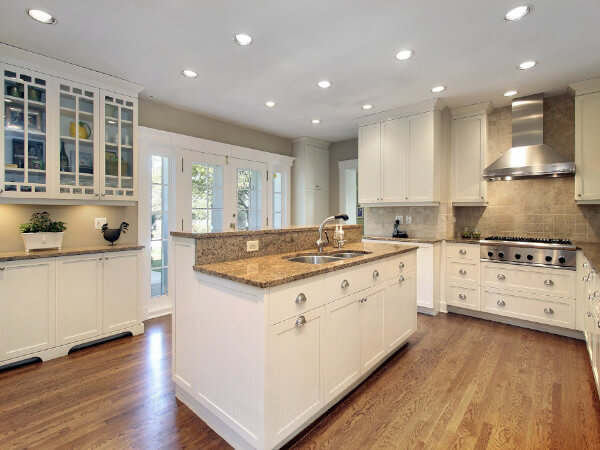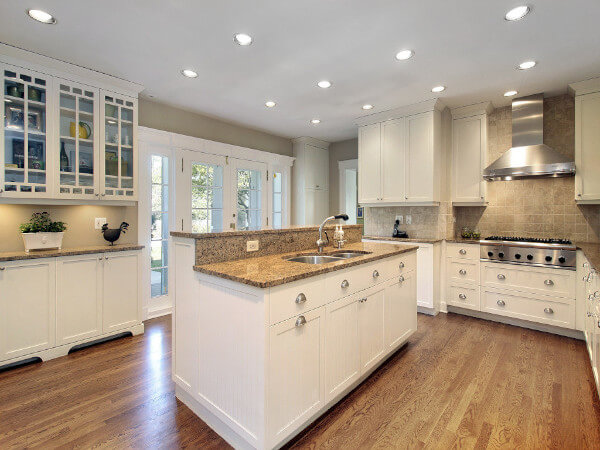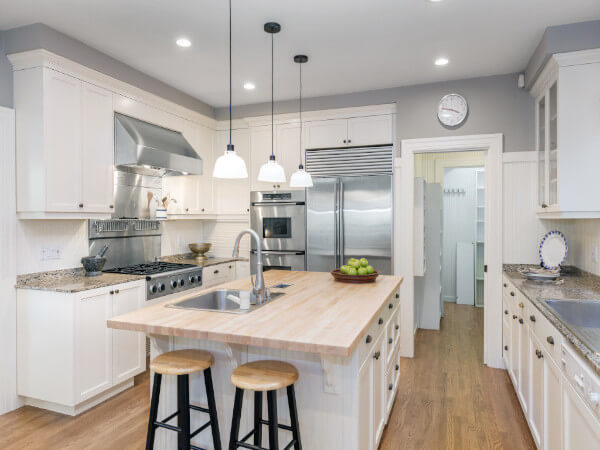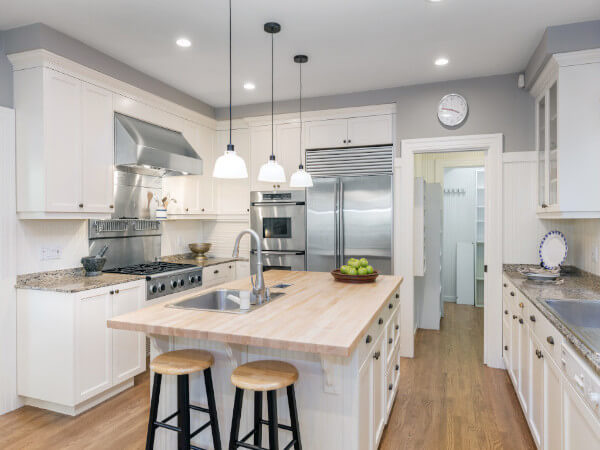
WASHINGTON, DC — Ongoing global supply-chain disruptions coupled with the prospect of higher interest rates threaten to exacerbate affordability problems for both new and existing homes in the months ahead, the National Association of Home Builders said last month.
Housing affordability, according to the latest figures released by the NAHB, held steady at its lowest level in nearly a decade, as record-high home prices offset lower mortgage rates to keep the affordability rate flat in the third quarter of 2021.
“Persistent building material supply chain bottlenecks and tariffs on Canadian lumber and Chinese steel and aluminum continue to place upward pressure on construction costs and home prices,” even in the face of continued high demand,” said Chuck Fowke, chairman of the Washington, DC-based NAHB.
Moreover, according to NAHB Chief Economist Robert Dietz, interest rates are anticipated to gradually rise in the coming months, as the Federal Reserve begins to taper its monthly bond and mortgage-backed securities purchases.
“To keep affordability problems from worsening, policymakers need to tackle supply-chain challenges that are disrupting and delaying construction projects and hurting housing affordability,” Dietz said. “Helping builders boost output will also slow the rapid rise in home prices that has occurred over the past year.”
In addition to concerns over building materials and the national supply chain, labor and building lot access are key constraints for housing supply, according to Dietz. “Lot availability is at multi-decade lows and the construction industry currently has more than 330,000 open positions,” Dietz said. “Policymakers need to focus on resolving these issues to help builders produce more housing to meet strong market demand.”
In related news:
n Low existing inventories and strong buyer demand helped push builder confidence higher for the third consecutive month even as supply-side challenges – including building material bottlenecks and lot and labor shortages – remain stubbornly persistent, the NAHB said, noting that as a result of supply-chain effects, there are 152,000 single-family units – up 43.4% from a year ago – that have been authorized for construction but are awaiting a go-ahead.
n Single-family housing production lagged in October due to supply-chain effects for materials and ongoing access issues for labor and lots. Overall housing starts decreased 0.7% to a seasonally adjusted annual rate of 1.52 million units, according to the U.S. Dept. of Housing and Urban Development and the U.S. Census Bureau.
The post Ongoing Supply Chain Disruptions Termed Threat to Housing appeared first on Kitchen & Bath Design News.


